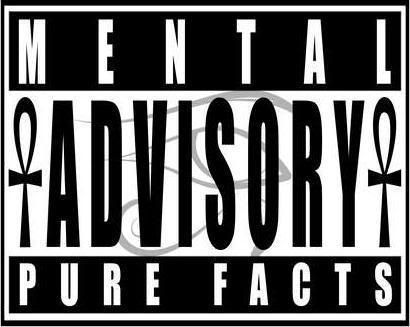Monday, July 23, 2012
Asthma Risk in Children Raised by Traffic Pollution Exposure of Pregnant Mothers
Asthma rates in developed nations are soaring, and it is extremely clear that environmental pollution has a big part to play in the increase. A study recently published in the journal PLoS ONE has revealed that traffic pollution could cause genetic changes in a pregnant woman's womb, raising her child's likelihood of getting asthma later.
Asthma Statistics
As at 2005, it was estimated that 20 million Americans had asthma, while 2002 figures indicated that some 9 million American children under the age of 18 had an asthma diagnosis. Asthma rates soared 75% from 1980 to 1994, while, more alarmingly, asthma rates in children aged under 5 ballooned more than 160% in the same period. In the United Kingdom, it is estimated that one in ten children has asthma.
Details and Findings of Study
The study team had looked at the umbilical cord blood of 56 children, specifically looking at a gene called ACSL3. Using backpack air monitors, they also tracked the pregnant mothers' exposure to polycyclic aromatic hydrocarbons (PAH), which is a by-product of the combustion process; PAHs are present in high amounts in areas with dense traffic.
And the research team discovered a strong link between the degree of PAH exposure and chemical changes which control the activation of the said gene. This is an example of an "epigenetic change", whereby environmental factors influence gene activity but do not directly modify their structure or cause the genes to mutate.
"Our data support the concept that environmental exposures can interact with genes during key developmental periods to trigger disease onset later in life, and that tissues are being reprogrammed to become abnormal later," said Dr Shuk-mei Ho, the director of the Center for Environmental Genetics at the University of Cincinnati and also the leader of the study.
Findings Could Help With Early Diagnosis of Asthma
Research conducted in the past had suggested that the ACSL3 gene has a role to play in cell membrane structures. And while more detailed study into its role in asthma may be needed, the findings of this study could help with diagnosing pollution-related asthma.
"We know that children living in polluted areas have a higher incidence of asthma but what we didn't know was it was affecting a gene. If you look at cord blood and you find the gene has been modified you know the child is more likely to get asthma so you can treat them early," said Dr Keith Prowse, the vice-president of the British Lung Foundation.
The Pollution-Asthma Link
Previous studies have shown up a link between exposure to environmental pollution during one's younger years and higher asthma risk; asthma rates are also higher in areas with heavier vehicular traffic. A recent University of Southern California study, for example, had found that traffic pollution could heighten a child's risk of getting asthma, if he or she has certain genes which could make him or her susceptible. That study, which was published in Thorax, had analyzed the health and genetic information of about 3,000 children.
The truth is, not all experts are convinced of why the pollution-asthma link exists, or if it even exists in the first place. While they are still making up their minds, what is clear is that polluted air triggers symptoms in asthmatics; on the flip side, cleaner air has helped many of them feel much better. If someone has asthma troubles or is at risk, the quality of air he or she breathes should definitely be one of the first things looked into.
Source - www.naturalnews.com
Subscribe to:
Post Comments (Atom)

No comments:
Post a Comment